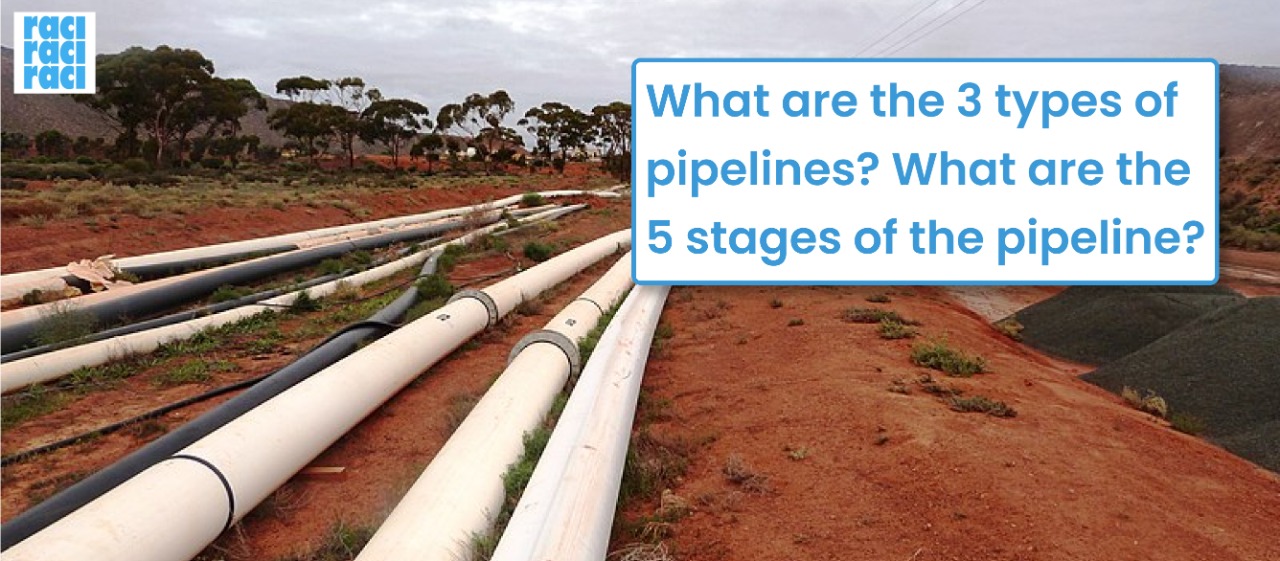Features and Benefits of Pipeline Transportation
.png)
Oil and gas pipelines are vital infrastructure elements that play a crucial role in the distribution of important resources like crude oil, petroleum and natural gas. Countries depend on pipelines for their energy needs and industrial applications. Made of steel or polyethylene and installed with link seals and end seals for the perfect vacuum, these pipes safely transport large quantities of petroleum and crude oil derivatives for residential, commercial and industrial use across large distances. It’s safe to say that pipelines are the desired way to transport such large quantities of resources. When we compare this mode of transportation to others such as by air, sea or railways, our previous point becomes abundantly clear. Comparing Pipelines to Regular Types of Transportation Oil and gas pipelines can seamlessly transport huge quantities of resources directly from the wells to the end-user at a much lower cost than other means of transport. The payload is usuall...
.png)




